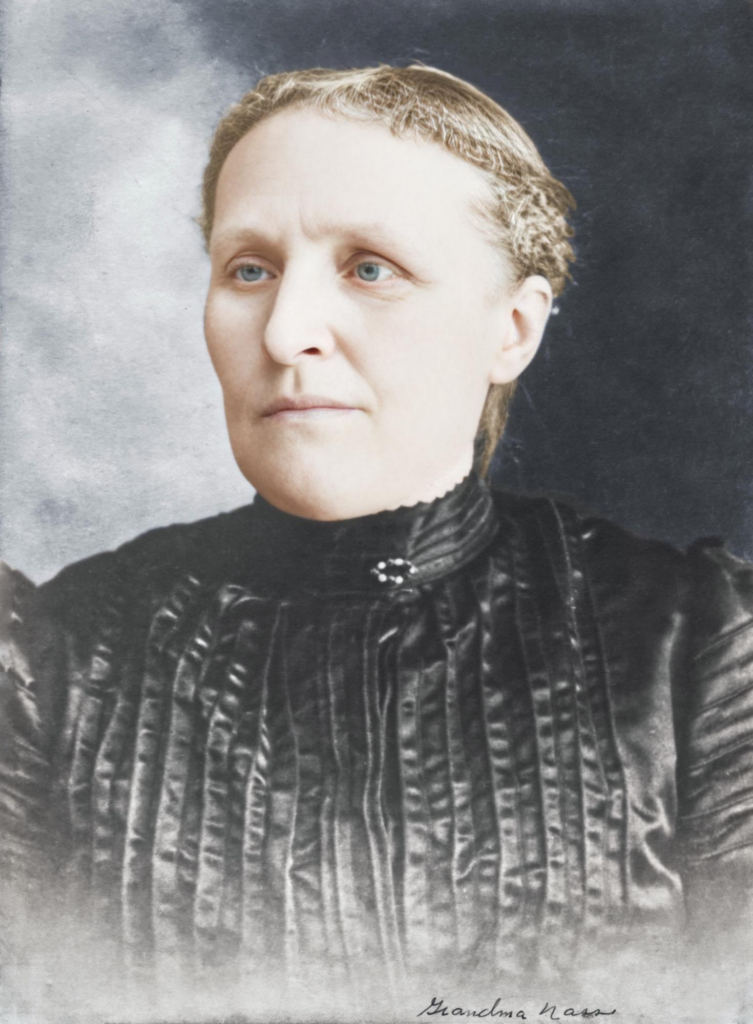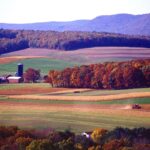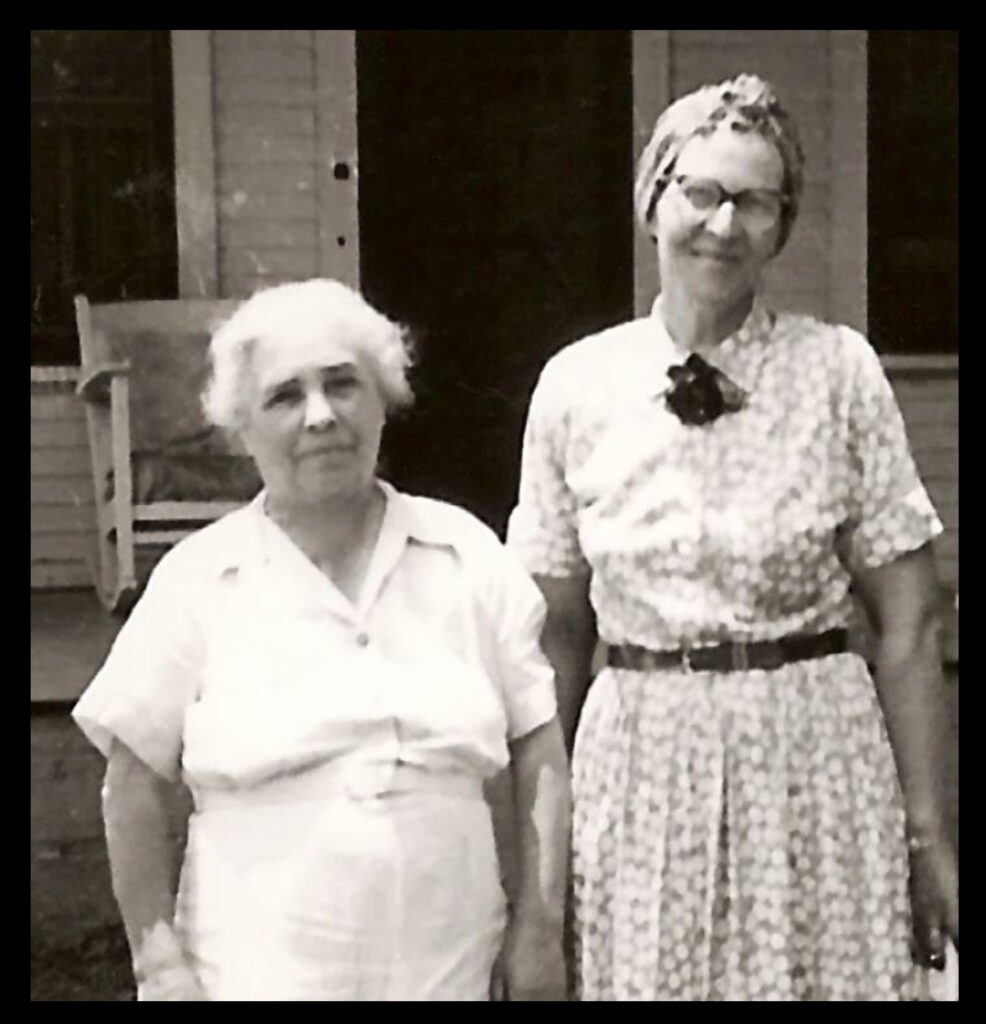
In a time when the world was vastly different from today, Fredericka Nass, known as Grandma Nass, embarked on a remarkable journey that spanned continents and generations. Born on April 12, 1852, in what was then Germany but now part of Poland, Fredericka’s life story is intertwined with the history of her birthplace, Pilow, Poland.
Pilow, Poland: A Place of Heritage
Fredericka Heller’s early years were spent in Pilow, a charming town with a rich history. Located in what is now Poland, Pilow was a place of cultural significance with a blend of Polish and German influences. The town’s history is a tapestry of changing borders and diverse traditions, which undoubtedly shaped Fredericka’s upbringing.
In 1882, Fredericka, her husband Charles Nass, and their family made a life-altering decision to leave their homeland and seek opportunities in the United States. This decision was part of a broader wave of immigration from Germany to New York during the late 19th century.
Immigration from Germany to New York: A New Beginning
On February 8, 1882, Fredericka Nass, accompanied by her husband Charles, his mother Auguste, and their children Gustav and Albert, embarked on a voyage from Hamburg, Germany. Their ship, the Cimbria, was a Dampfschiff (steamship), and they traveled in the Zwischendeck accommodation. The journey marked the beginning of their new life in America, a land of promise and opportunity.
A steamship voyage, like the one taken by Fredericka Nass and her family on the Cimbria, would have been faster than a sailing ship. Steamships were becoming more common during this period and were faster due to their use of steam engines. However, even with steamships, the journey could still take approximately 1 to 2 weeks or possibly a bit longer.
Settling in Detroit, Michigan: The Nass Family’s New Home
The Nass family settled in Detroit, Michigan, where they welcomed their daughter Lena Mary Nass (also known as Helen) on April 8, 1883. Over the years, their family grew to include Charles Jr., Herman, Minnie, and William. The 1900 census reflects their life in Van Buren County, Michigan, where they owned a mortgaged farm. Charles, Gustav, and Albert worked as farm laborers, while the other children attended school.
Life in Nankin Township: The Later Years
As time passed, the Nass family continued to thrive in their adopted homeland. The 1910 census shows them living on the same farm, with Friedricka at 59 years old. In the 1920 census, they had moved to 406 Main St, in Nankin Township, Wayne County, Michigan, now part of Westland. Their nephew, Turin S. Nass, lived with them.
Sadly, Fredericka Nass passed away on May 23, 1926, succumbing to Bronchial Pneumonia. At the time, she was a widow, residing at 130 Clark St, Nankin Township, Michigan. She found her final resting place in Glenwood Cemetery, leaving behind a legacy of courage, resilience, and a remarkable journey that spanned continents and generations.
Fredericka Nass’s life story is not only a testament to the immigrant experience but also a glimpse into the history of Pilow, Poland, and the broader waves of German immigration to New York. Her legacy lives on through her descendants, carrying forward the memory of a woman who embarked on a remarkable journey in pursuit of a better life.
What was the voyage from Germany to New York like?
Arriving in New York in 1882 marked a significant moment in the lives of immigrants like Fredericka Nass and her family. Here’s what it was like to arrive in New York during that time:
- Entry at Castle Garden: Before Ellis Island became the iconic immigrant processing center, Castle Garden (now known as Castle Clinton) served as the initial point of entry for many immigrants. Located in Lower Manhattan, it was a bustling place where newcomers arrived.
- Health Inspection: Upon arrival, immigrants underwent a health inspection. Those who were found to be sick or carrying contagious diseases were often quarantined or denied entry to the United States.
- Processing and Documentation: Immigrants had to go through various administrative procedures. This included providing information about their identity, their intended destination, and often their financial means to support themselves in the new country.
- Legal Procedures: Immigration laws and regulations were less formalized compared to today. However, immigrants were still subject to certain legal procedures and requirements, including the need to swear an oath of allegiance to the United States.
- Family Reunions: Families like the Nass family would have been anxious to reunite with loved ones already in the U.S. or awaiting them at the port. It was an emotional moment for many families who had been separated for a long time.
- Stepping Onto American Soil: For many immigrants, stepping onto American soil marked the beginning of a new chapter in their lives. It was a symbol of hope and the pursuit of better opportunities.
- Challenges Ahead: While arriving in New York was a momentous occasion, immigrants still faced numerous challenges ahead. Finding work, securing housing, and adapting to a new culture were significant hurdles to overcome.
- Ethnic Enclaves: Many immigrants, like those from Germany, often settled in neighborhoods where others from their homeland had already established communities. This provided a sense of familiarity and support.
- Contributions to American Society: Over time, immigrants, including Friedricka Nass and her family, played a vital role in shaping American society. They contributed to the nation’s cultural diversity and economic growth.
Arriving in New York in 1882 marked the beginning of a new life for immigrants, filled with hopes and dreams, but also with the challenges of building a future in a new and unfamiliar land. Their stories, like Friedricka Nass’s, are a testament to the resilience and determination of those who sought a better life in the United States.
What was Michigan like in 1882?
Wayne County, Michigan, in 1882 was a region undergoing significant transformation and growth. Here’s what Wayne County would have been like when Friedricka Nass and her family arrived:
- Agricultural Hub: During this period, Wayne County was primarily rural and agricultural. Farms and farmland dotted the landscape, and agriculture played a central role in the local economy. It’s likely that Charles Nass and his family were drawn to the area due to its farming opportunities.
- Industrialization: The late 19th century saw the beginnings of industrialization in the region, particularly in cities like Detroit. Manufacturing and industry were on the rise, driven in part by the automobile industry that would later make Detroit famous.
- Immigrant Communities: Wayne County, especially Detroit, was becoming increasingly diverse due to waves of immigration. German immigrants, like the Nass family, were part of the ethnic tapestry of the area. Communities of Germans, Poles, and other European immigrants were forming, contributing to the cultural richness of the region.
- Transportation Hub: Detroit, as the largest city in Wayne County, was already a transportation hub. It was connected by railways and waterways, making it an important center for trade and commerce. The growth of the railroad industry played a crucial role in connecting the region to other parts of the country.
- Urbanization: While much of Wayne County was rural, Detroit was steadily urbanizing. The city’s population was growing, and it was experiencing changes in infrastructure and architecture as it expanded.
- Access to Education: The 1880s marked a period of increased attention to education. Public schools were becoming more widespread, and children like the Nass family’s would have had access to basic education.
- Challenges of the Time: Life in Wayne County in the late 19th century also came with its challenges, including limited access to healthcare, issues related to sanitation, and the uncertainties of a rapidly changing economy.
- Sense of Community: Immigrant communities often provided a sense of support and familiarity in a new land. Places of worship, social clubs, and cultural associations helped newcomers like the Nass family adapt to their new surroundings.
As the Nass family settled in Wayne County, they would have been part of the broader story of immigrants contributing to the growth and development of the region. Over time, Wayne County and Detroit would become increasingly urban and industrial, setting the stage for significant changes in the decades to come.





